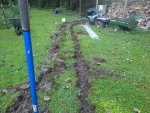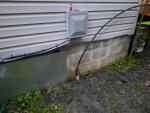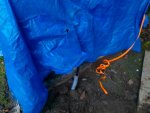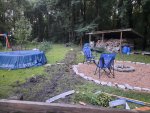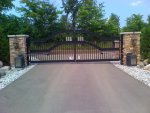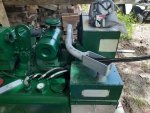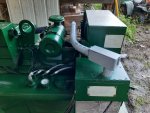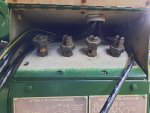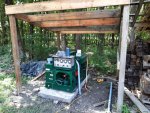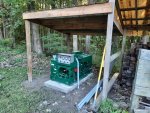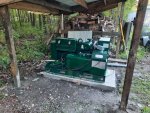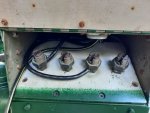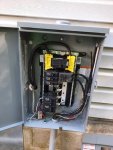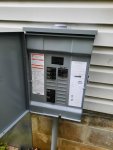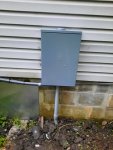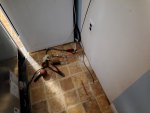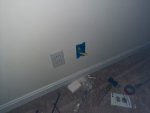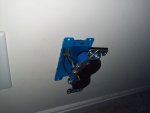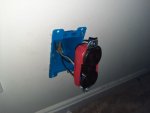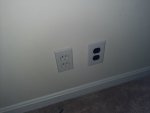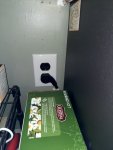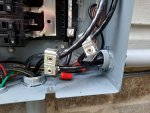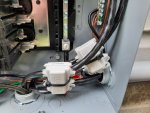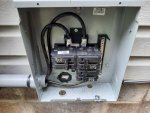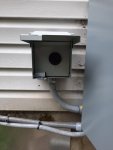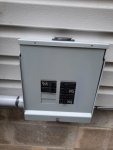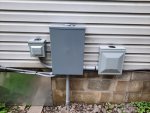It seems my point is mistaken, In the commercial Security Gate business when you back hoe the footings for the piers you always pour the forms for the mechanical. This includes the master / slave conduits, power, telephone and fire dept override for the electronic KNOX access for emergency ingress. In the form with everything else electronic is the 8' ground rod so all the electrical equipment has an adequate ground. This procedure is repeated on both sides of the gate system to insure good grounding. I AM NOT SAYING TO GROUND TO THE CONCRETE PAD AT ALL, I'm saying a generator is a stand alone system same as any security gate, weather its a single family home, a gated community or a commercial application. Its just a cleaner install when all devices including the ground rod is all incorporated under the mechanical on a concrete pad so it is protected from any gremlins. Placing a ground bond to a concrete pad alone is insane. That's all.
Here are a few examples of my personal gate, and for a good view of the mechanical pads for a commercial application. Both applications are stand alone with the ground rods IN the concrete pads they are mounted on. The generator is a stand alone as well. That's my humble opinion.



